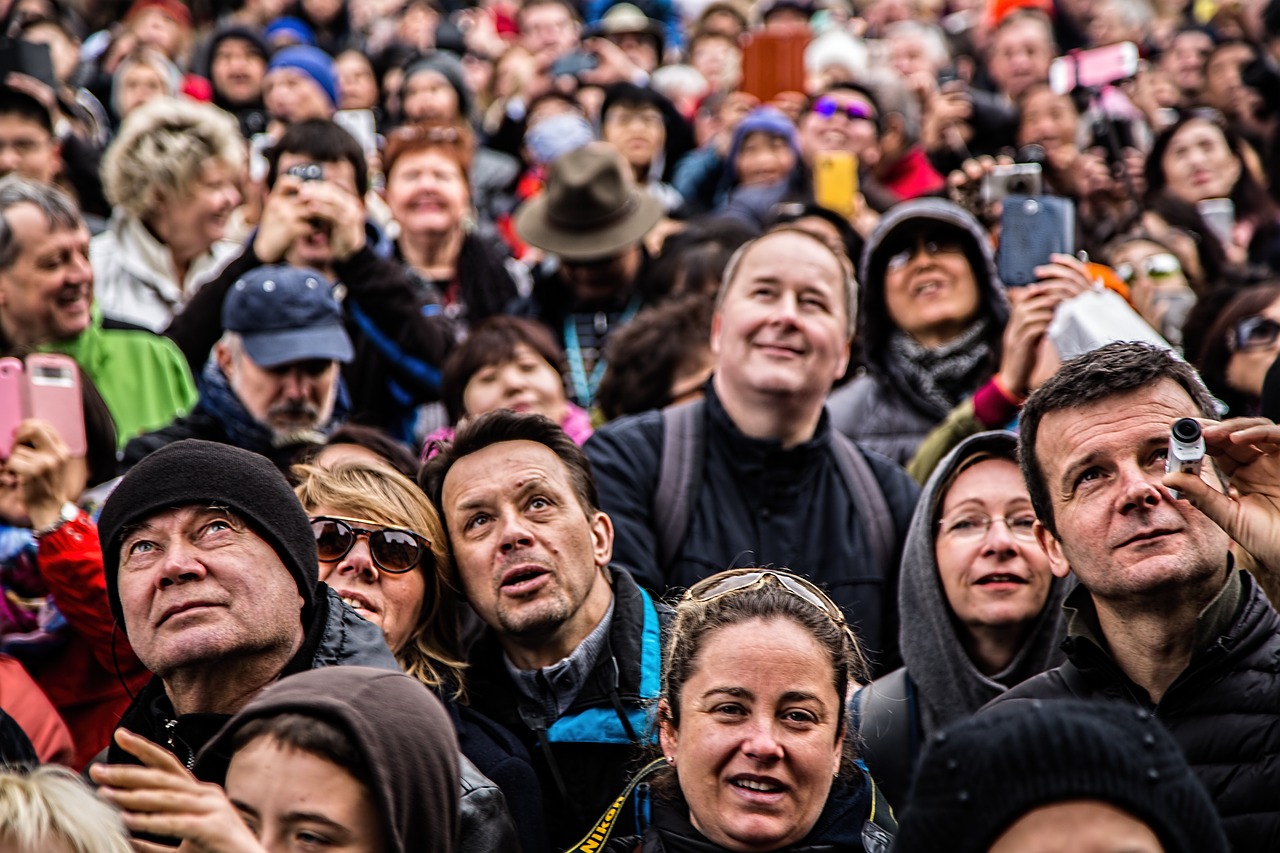
Whether we are walking on a downtown street or searching for a friend in a crowd, it is intuitive that people and faces are some of the most important images that we encounter in our day-to-day lives. Faces in particular often convey useful information that we use for navigating our environment, regulating our emotions, and maintaining our own well-being. So it is perhaps not surprising that studies show that faces uniquely attract our attention – we not only like looking at faces by examining them with our eyes, but we also tend to focus on faces by mentally processing them in our periphery without moving our eyes.
Although this suggests that faces and facial features capture our attention, past work has often not accounted for other factors that may play a role in this effect, such as details within faces (e.g., whether a face has a particular emotion or is attractive to you), information outside of faces (e.g., the background or social context that you see the face in), and any factors that are completely independent of faces (e.g., your task at the time). This makes it difficult to determine whether we attend to faces due to their general importance in our lives or due to one of these extraneous factors. In other words, are faces in and of themselves special?
An ongoing collaboration between PhD candidate Effie Pereira & lead investigator Dr. Jelena Ristic at McGill University and Dr. Elina Birmingham at Simon Fraser University aims to answer this question by examining whether we attend to faces over other images while keeping all other factors consistent – details within both images were matched, information outside the images were removed, and any factor that was independent of the images were kept constant. They also examined whether any differences existed between when we look at faces directly with our eyes as compared to when we focus on them mentally in our periphery. Three main findings emerged from this work.
One, once extra factors were controlled, faces and facial features did not capture our attention in a robust manner. This suggests that past work showing that faces uniquely attract our attention were likely due to details within faces, information outside of faces, or factors that are independent of faces themselves, meaning that faces may not be as special as we think they are.
Two, they found differences in whether we look at faces directly with our eyes versus focusing on them in the periphery, with results showing that we do look at faces and eyes in a preferential manner, but that we do not focus on them in the periphery all the time. This implies that these two types of attention can be elicited separately for faces, with the current set of studies offering some of the first pieces of evidence supporting this distinction.
Three, varying the information outside of faces changed the relationship between looking directly at them versus focusing on them in the periphery, such that putting faces in a background or social context increased how much we looked at faces and eyes, though it did not affect how we focus on them in the periphery. This suggests that faces can be made more or less important depending on whether they closely resemble how we see faces within our regular everyday environment.
Together, these results have important implications in how we use attention in our daily lives. For example, the ability to separately look at faces versus focus on them in the periphery suggest that we use these two processes differently in our own social environment – looking at faces and people might be used to explicitly convey our own internal thoughts and emotions to others, whereas focusing on faces and people in the periphery may be used to discreetly gather information around us without revealing our immediate intentions to others.
As such, these studies highlight that preferential attention to faces may be less robust than we expected, but it also appears to be much more complex than we realized.









